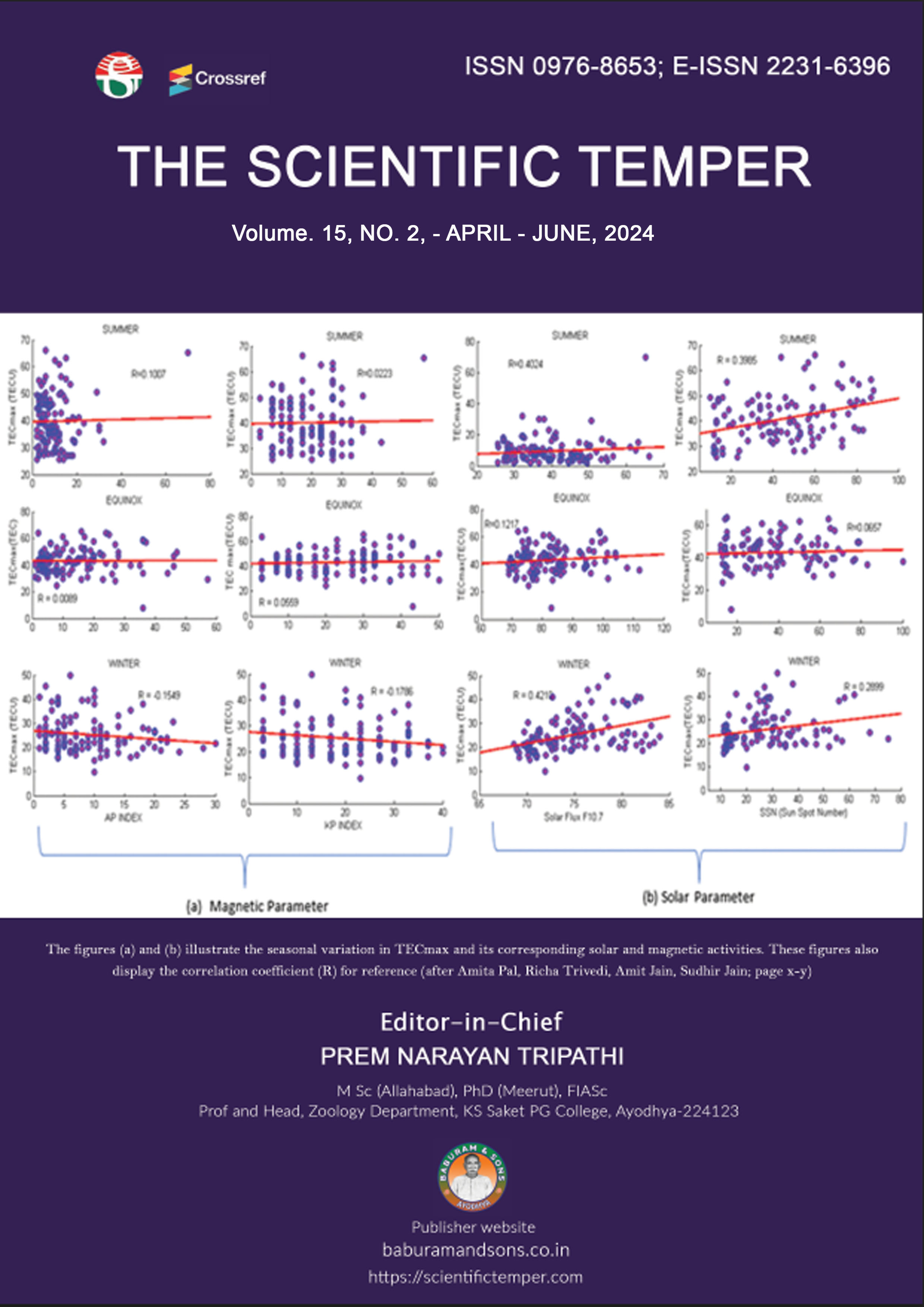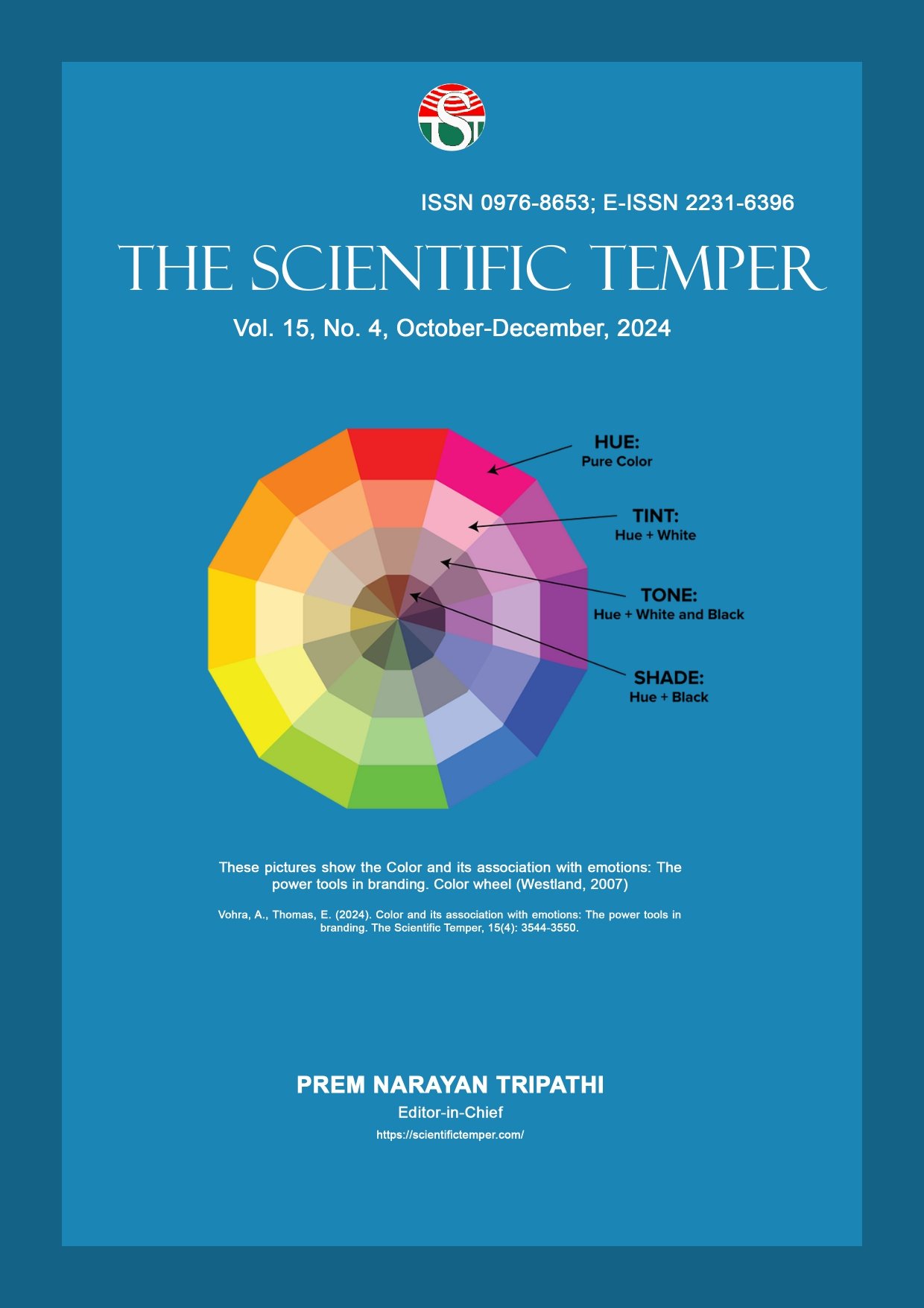Predictive modeling of dropout in MOOCs using machine learning techniques
Downloads
Published
DOI:
https://doi.org/10.58414/SCIENTIFICTEMPER.2024.15.2.32Keywords:
Machine Learning, Predictive Modeling, Dropout Prediction, MOOCs, Learning AnalyticsDimensions Badge
Issue
Section
License
Copyright (c) 2024 The Scientific Temper

This work is licensed under a Creative Commons Attribution-NonCommercial-ShareAlike 4.0 International License.
The advent of massive open online courses (MOOCs) has revolutionized education, offering unprecedented access to high-quality learning materials globally. However, high dropout rates pose significant challenges to realizing the full potential of MOOCs. This study explores machine learning techniques for predicting student dropout in MOOCs, utilizing the open university learning analytics dataset (OULAD). Seven algorithms, including decision tree, random forest, Gaussian naïve Bayes, AdaBoost classifier, extra tree classifier, XGBoost classifier, and multilayer perceptron (MLP), are employed to predict student outcomes and dropout probabilities. The XGBoost classifier emerges as the top performer, achieving 87% accuracy in pass/fail prediction and 86% accuracy in dropout prediction. Additionally, the study proposes personalized interventions based on individual dropout probabilities to enhance student retention. The findings underscore the potential of machine learning in addressing dropout challenges in MOOCs and offer insights for instructors and educational institutions to proactively support at-risk students.Abstract
How to Cite
Downloads
Similar Articles
- D. Jayaprasanth, J. Arul Melissa, Extended Kalman filter-based prognostic of actuator degradation in two tank system , The Scientific Temper: Vol. 14 No. 02 (2023): The Scientific Temper
- Saba Naaz, K.B. Shiva Kumar, Integrated deep learning classification of Mudras of Bharatanatyam: A case of hand gesture recognition , The Scientific Temper: Vol. 14 No. 04 (2023): The Scientific Temper
- Bhuvaneshwarri Ilango, A machine translation model for abstractive text summarization based on natural language processing , The Scientific Temper: Vol. 14 No. 03 (2023): The Scientific Temper
- V. Karthikeyan, C. Jayanthi, Improving image quality assessment with enhanced denoising autoencoders and optimization methods , The Scientific Temper: Vol. 15 No. spl-1 (2024): The Scientific Temper
- Nilesh Anute, Geetali Tilak, Revolutionizing e-Learning with AR, VR, And AI , The Scientific Temper: Vol. 15 No. 04 (2024): The Scientific Temper
- Richa Sharma, Shrutimita Mehta, Resilience in Resisting Spaces: Cross-Cultural Gender Identity in “Before We Visit the Goddess” , The Scientific Temper: Vol. 14 No. 04 (2023): The Scientific Temper
- Shaik Abdulla P., Abdul Razak T., Retrieval-Based Inception V3-Net Algorithm and Invariant Data Classification using Enhanced Deep Belief Networks for Content-Based Image Retrieval , The Scientific Temper: Vol. 15 No. spl-1 (2024): The Scientific Temper
- Panda Aditi Ambarish, Kaushik Trivedi, Immersive learning: A virtual reality teaching model for enhancing english speaking skills , The Scientific Temper: Vol. 15 No. spl-2 (2024): The Scientific Temper
- Ravi Kumar P, C. Gowri Shankar, Optimizing power converters for enhanced electric vehicle propulsion: A novel research methodology , The Scientific Temper: Vol. 15 No. 04 (2024): The Scientific Temper
- Nilesh M. Patil, P M. Krishna, G. Deena, C Harini, R.K. Gnanamurthy, Romala V. Srinivas, Exploring real-time patient monitoring and data analytics with IoT-based smart healthcare monitoring , The Scientific Temper: Vol. 14 No. 04 (2023): The Scientific Temper
<< < 8 9 10 11 12 13 14 15 16 17 > >>
You may also start an advanced similarity search for this article.



